There are a lot of things the Philippine real estate market can be described with. Vibrant is one of them. Booming is another. But perhaps the one word that does not figure a lot in many conversations about the market is conservative, which whether we like it of not, will be the buzzword for 2014.
Don’t get us wrong. It’s not that dark clouds are on the horizon—quite to the contrary. Philippine real estate will continue to register healthy growth in 2014, although at a more measured, conservative pace. According to experts, this is akin to the market correcting itself after years of impressive growth.
On the economic front, growth in 2014 is seen at between 6.5 and 7.5 percent, according to Colliers International. The World Bank, on the other hand, lowered its outlook for the Philippines from 6.7 percent to 6.5 percent, while Moody’s Analytics sees that the country will continue to outperform and will remain one of the world’s fastest growing economies in 2014. In addition, analysts say that the rehabilitation and reconstruction efforts in areas hit by calamities will spur economic growth in 2014.
So what do all these spell for the Philippine real estate market? We asked several experts in their fields and compiled their responses. These are what we got.
1. Condo Sales to Return to Conservative Levels
The year 2012 is considered a banner year for Metro Manila’s condo market, when approximately 52,000 units were sold. But this is going to change. According to Julius Guevarra, Colliers Philippines’ director for research and advisory, Metro Manila will experience a slowdown in take-ups in 2014.
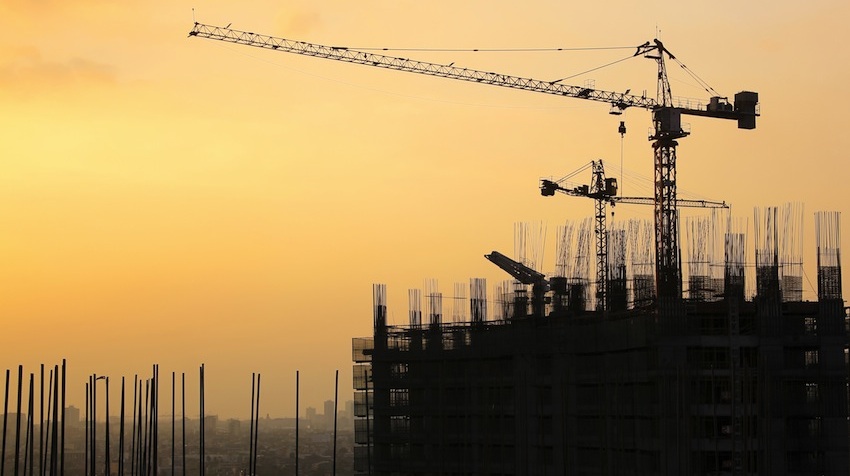
The year 2013, in contrast, saw a slight slowdown of take-ups, largely due to pullback of several developers in launching new projects. A possible increase in interest rates due to the U.S. Federal Reserve’s tapering will have a downward impact on residential sales, as mortgages would be less accessible, which brings us to the next prediction.
2. U.S. Fed Tapering Could Spur Interest Rate Growth
Interest rates are expected to gradually increase in 2014 due to the U.S. Federal Reserve’s tapering of its quantitative easing program, which started in January 2014. It can be recalled that the Fed began a stimulus policy designed to boost economic activity and lower unemployment in the wake of the late 2000s global recession.

Bangko Sentral ng Pilipinas governor Amando Tetangco recognized that an increase is “possible” because of the tapering, which will be felt in the residential real estate sector, which has been very active due to historically low mortgage rates.
3. Mixed-use Projects and Townships Will Continue to Rise
According to the Japan International Cooperation Agency (JICA), worsening traffic congestion has made Metro Manila quite unlivable. In fact, the impact of the metropolis’ worsening traffic condition is estimated at Php140 billion a year in terms of wasted fuel, loss in productivity, and medical issues, not to mention intangible cost such as lost time spent with loved ones.
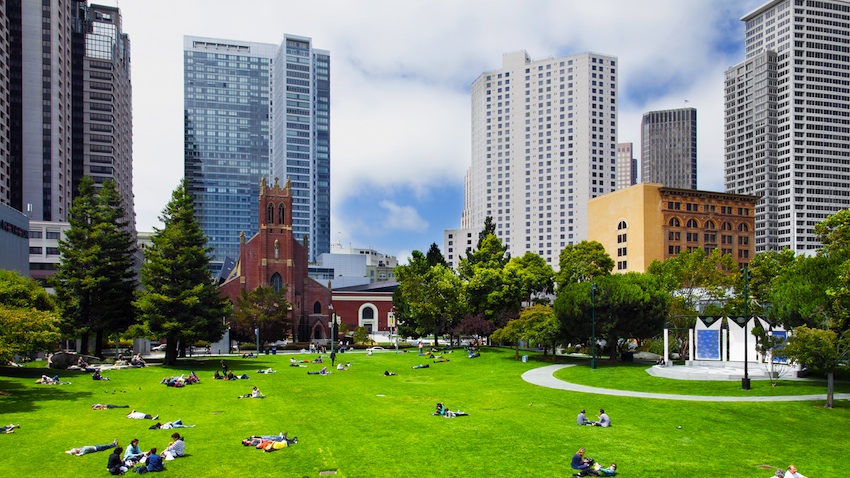
This contributed to the popularity of transport-oriented developments (TOD), mixed-used projects or townships in or close to central business districts and akin to those we see in Singapore and Hong Kong. According to Guevarra, TODs will continue to be popular because of the shift in urbanites’ lifestyles, as people now want to live close to where they work, shop, dine out, and have a good time. Examples of such projects include up-and-coming Veritown Fort by Federal Land, Uptown Bonifacio by Megaworld, and Vertis North, Circuit Makati, and South Park District Ayala Land.
4. BPO Will Spur the Growth of 24-Hour Cities
The business process outsourcing (BPO) sector, long have been a major employer in Metro Manila, will continue to drive the metropolis and the Philippines’ Next Wave Cities (Cebu, Davao, Iloilo, Bacolod, etc.) to become 24-hour urban areas. With many employees now working the night shift, support services such as restaurants and convenience stores should be available to cater to this emerging niche market. Because of these trends, public services such as traffic management and security should also be active day and night.
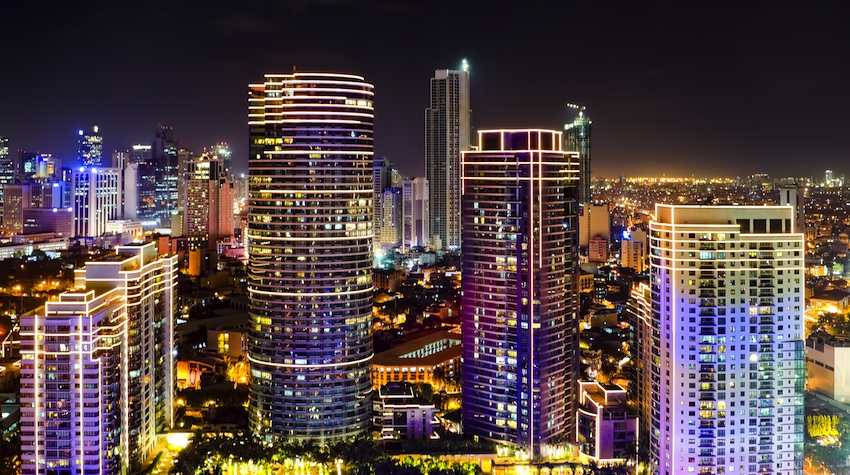
5. Office Real Estate Sector Will Continue to Perform Well
With the BPO sector performing well, it will continue to absorb most of the new office supply being developed. Data from the Business Process Association of the Philippines (BPAP) show that the industry will employ some 960,000 workers nationwide by the end of 2013, and this translates to approximately 2.8 million sqm of office space need.
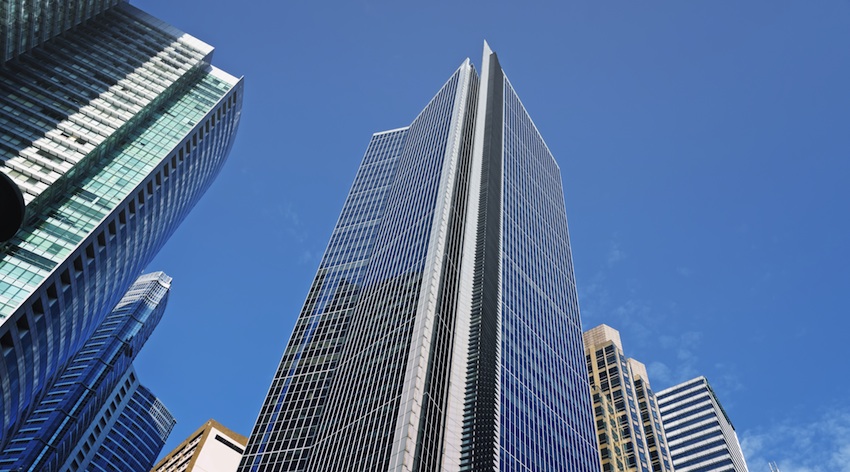
According to Jones Lang LaSalle’s Sheila Lobien, there is no impending real estate bubble for the office space industry in the country at the moment, primarily because there is no noted oversupply due to strong demand. “Office rent has been historically stable and no illogical fluctuations are being observed that may hint of speculative actions.”
In fact, a very low vacancy rate will be seen in 2014 despite substantial amount of new space being developed over the next few years.
6. Industrial Real Estate to Continue Growth
Rising labor costs and territorial dispute have prompted some manufacturers to move out of China toward cheaper, more hospitable locations in Southeast Asia, including the Philippines. As a result, more industrial park development will be seen in the Calabarzon and Angeles-Clark areas.
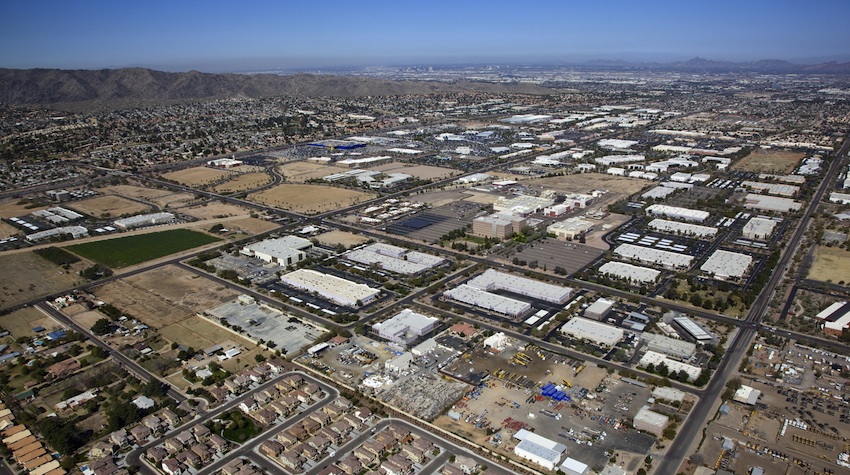
According to Colliers, the manufacturing industry, which has been in doldrums since the 1997 Asian financial crisis, has experienced a resurgence in 2013. A weaker Philippine peso will also benefit exporters and drive up manufacturing activity even further.
7. Safer and Higher Ground
Seeking safer and higher ground will be foremost in the minds of homebuyers, according to Colliers. A string of natural calamities in 2013, in addition to the annual monsoon flooding that inundates Metro Manila, have prompted developers and buyers alike to choose locations with low risk of flooding and storm surges and are far from fault lines.
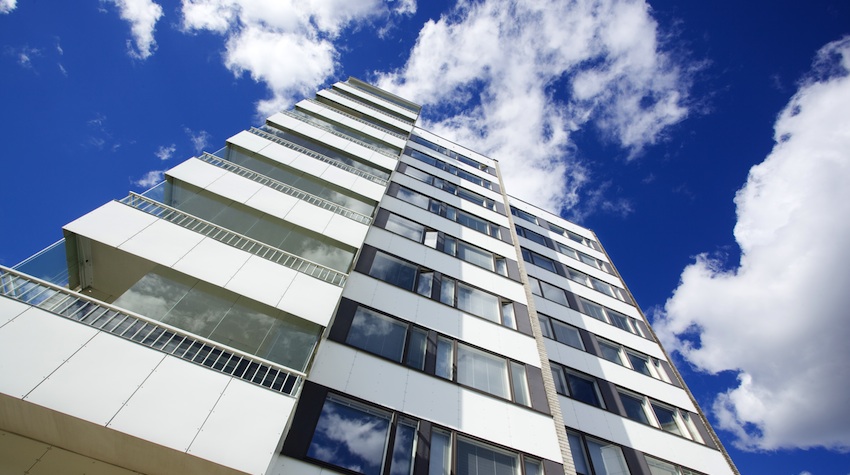
In addition, architectural and structural design will lean toward those that would not only withstand these natural calamities, but would also minimize the buildings’ impact on the environment that leads to these calamities in the first place. The tenets of green building will be valued more than before.
8. Buyers Are Now More Educated
According to Enrique Soriano III, Program Director for Real Estate at the Ateneo Graduate School of Business, homebuyers are now more informed and educated about real estate, which will make them more picky and discriminating consumers in 2014.

Gone are the days when the property developer’s job is just to ensure the timely delivery of a high-enough-quality project; they should also ensure an impeccable after-sales services. “Property management, if not done very well, will greatly affect the reputation of developers. Word of mouth travels very fast and those developers with questionable reputation will find it hard to sustain sales.”
9. Strong Tourist Influx to Boost Hotel Real Estate
International tourist arrivals to the Philippines from January to August of 2013 grew to 3.18 million from 2.85 million for the same period a year earlier, according to data from the Department of Tourism. By the year 2016, the Philippine government targets 10 million international tourist arrivals, and to serve this growing market, 20,000 new rooms must be built by then.

This makes tourism one of the next big things in the Philippine real estate sector, according to Jones Lang LaSalle. In fact, approximately 8,500 new hotel rooms are expected to be built in Entertainment City alone, an 8-square-kilometer integrated resort project on the reclamation area of Manila Bay in Parañaque City. Developments within the project include Solaire Resort & Casino, which opened in March of 2013, City of Dreams by SM Investments Corp. and Melco Crown, Resorts World Bayshore, and Manila Bay Resorts by Universal Entertainment Corp. Three major hotel brands are also expected to open in 2014; they include Hyatt Manila and Shangri-La in Bonifacio Global City and Conrad Hotel Manila in the Mall of Asia complex.
10. Mall-going Filipinos to Bolster Retail Real Estate
According to CBRE Philippines founder and chairman Rick Santos, 637,000 square meters of retail space is expected to be added from 2013 to 2014, which will help bolster a positive image of the Philippines especially after the recent spate of natural calamities.

CBRE’s 2013 Metro Manila report shows that consumer sentiment remains upbeat in the retail market, with income levels in the middle-class segment increasing due to the rise in BPO job opportunities. In addition, continued flow of remittance from overseas Filipinos fuels spending activity.
Metro Manila at present has one of the cheapest retail rents in the Asia-Pacific region. According to Cushman & Wakefield, average retail rent in the Philippine capital stands $37.42 per square foot per year, compared to Bangkok’s $111.43, Kuala Lumpur’s $322.84, and Hong Kong’s staggering $3,016.86.










